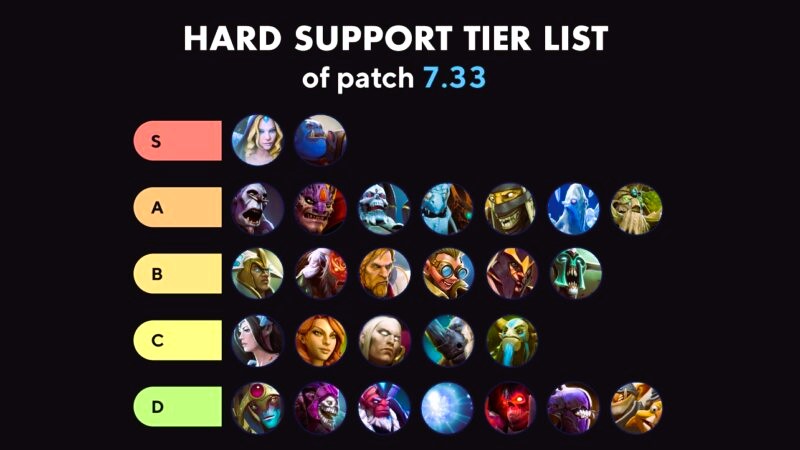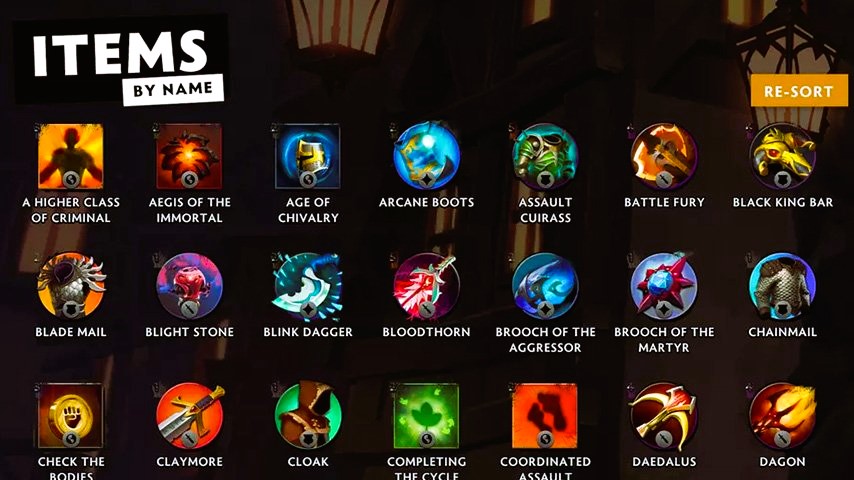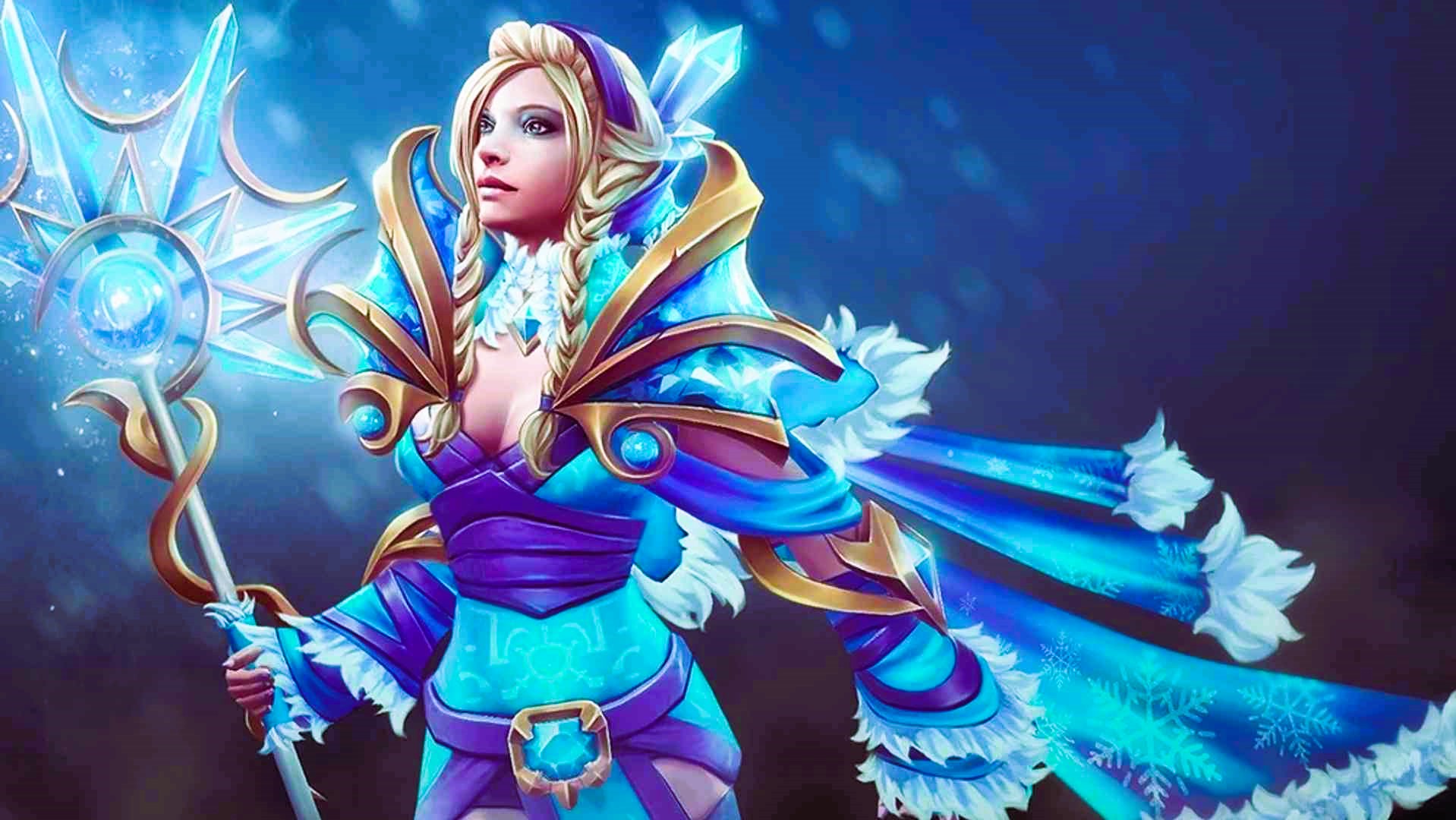In Dota 2, the support role is one of the most vital positions for ensuring the success of your team. While many players focus on carrying the game with high damage output, the support player is the backbone of a well-coordinated team, providing vision, utility, and safety for the core heroes. Learning how to play support effectively can be a game-changer, especially when it comes to influencing the flow of the game through strategic plays. In this guide, we’ll explore the key aspects of playing support and share some successful game secrets to improve your performance.
1. Understanding the Support Role
The support’s primary job is to help their team in the early and mid-game, ensuring that core heroes can farm, gain gold, and scale into powerful late-game assets. Unlike core heroes, supports generally don’t need a lot of farm to be effective. Instead, they rely on their abilities to protect allies, disable enemies, and provide map control through vision.
- Early Game Impact: Supports play a crucial role in the laning phase, where they create opportunities for their carry to farm while also denying the enemy farm. They are responsible for harassing the enemy offlaners and securing important objectives like runes or kills.
- Vision Control: Throughout the game, supports are responsible for placing wards, ensuring that the team has vision in key areas like the jungle, river, and around objectives.
- Crowd Control and Utility: Supports use their abilities to disable and crowd control enemies. Whether it’s through stuns, silences, or slows, these tools are essential for controlling the battlefield and protecting their team.
2. Selecting the Right Support Heroes

Picking the right support hero is crucial to the success of your team. Dota 2 offers a wide array of support heroes, each with unique abilities that can impact the game in different ways. Here are some general types of supports:
- Hard Support: These heroes are usually the ones who buy the most wards and other utility items like boots or healing salves. Hard supports generally focus on staying alive, ensuring their team has vision, and protecting their cores. Examples: Crystal Maiden, Lion, Dazzle.
- Soft Support: These heroes can do a bit of both, providing support to their team with crowd control and utility but also contributing to damage. Soft supports can farm a bit more and sometimes even build items that allow them to be more active in fights. Examples: Shadow Shaman, Vengeful Spirit, Witch Doctor. How to choose the best gaming PC, read our tips for beginners and professionals.
3. Lanterning Phase: The Support’s Early Game Duties
During the laning phase, the support’s role is all about setting up your team for success. Here are some key duties:
- Harassment: Constantly harass the enemy offlaners to make it difficult for them to farm and gain experience. Use your abilities to create pressure, but be mindful of your positioning, as staying too close to enemy heroes can lead to your death.
- Pulling and Stacking: Many support heroes are tasked with pulling the neutral camps to reset the creep equilibrium in the lane, which helps deny farm to the enemy offlaners. Stacking neutral camps can also provide your team with additional gold and experience later on.
- Securing Runes: Secure the bounty runes when possible to give your team a gold and experience advantage. Control of the runes can make a big difference in the mid-game.
4. Vision and Map Control: Key to Success
A support’s ability to control vision can often determine the outcome of a match. As a support, it is essential to place wards in key locations to gain vision of the enemy’s movements and key objectives.
- Observer Wards: These wards give vision of key areas like the river, jungle entrances, and objectives like Roshan. Place them in spots that provide both safety for your team and potential to catch out the enemy.
- Sentry Wards: These wards are used to deward enemy vision and provide vision of invisible heroes or units. Always keep an eye on key areas for enemy warding, especially around objectives.
- Smoke of Deceit: Use Smoke of Deceit to move across the map undetected. It can be used to set up ganks or surprise the enemy team, especially when preparing for objectives like Roshan or towers.
5. Positioning and Map Awareness
As a support, your positioning can be the difference between life and death, especially in team fights. Stay in the backline, away from the enemy’s initiation range, but close enough to use your abilities to disable and heal.
- Stay with the Team: Don’t wander too far away from your teammates. Supports are highly vulnerable and should never be caught out alone.
- Positioning in Fights: In team fights, ensure you’re in a good spot to provide vision, disable enemies, and heal or shield your teammates. Don’t position yourself too aggressively unless you have a strong tank in front of you.
- Map Awareness: Always pay attention to where your enemies are, and anticipate ganks. If you see the enemy jungler on the opposite side of the map, it’s a good time to be aggressive or secure an objective.
6. Itemization: Essential Items for Support

While supports generally don’t need to farm for powerful items, there are several key items that can make a huge difference:
- Arcane Boots: Provides mana regeneration for the entire team. This is one of the most essential early-game items for any support.
- Glimmer Cape: Provides invisibility and magic resistance, allowing you to save teammates or escape dangerous situations.
- Force Staff: Helps you reposition yourself or your teammates, especially during high-pressure fights.
- Pipe of Insight: Grants a magic shield for your team, allowing you to mitigate magical damage, which is especially useful against spell-heavy enemy lineups.
7. Play with Your Team: Teamfights and Ganks
Supports are often the initiators or counter-initiators in team fights. Use your disables and healing abilities to swing the fight in your team’s favor.
- Disabling and Protecting: Use your stuns, silences, or slows to lock down key enemy heroes. At the same time, be ready to use defensive items or spells to save your allies from dying.
- Peel for Your Core: Your job isn’t just to disable the enemy team; it’s also to keep your core heroes alive. Use your abilities and items to keep the carry hero safe, especially when they’re being targeted.
Playing support in Dota 2 is a challenging but rewarding role. The key to success lies in understanding your hero’s abilities, positioning yourself well in fights, and providing valuable vision and utility for your team. If you master these aspects and remain focused on your team’s success, you’ll quickly become an invaluable asset to your team.
For more information on the Dota 2 universe and hero roles, visit Dota 2 Wiki.
Good luck on the battlefield, and may your support help lead your team to victory!

